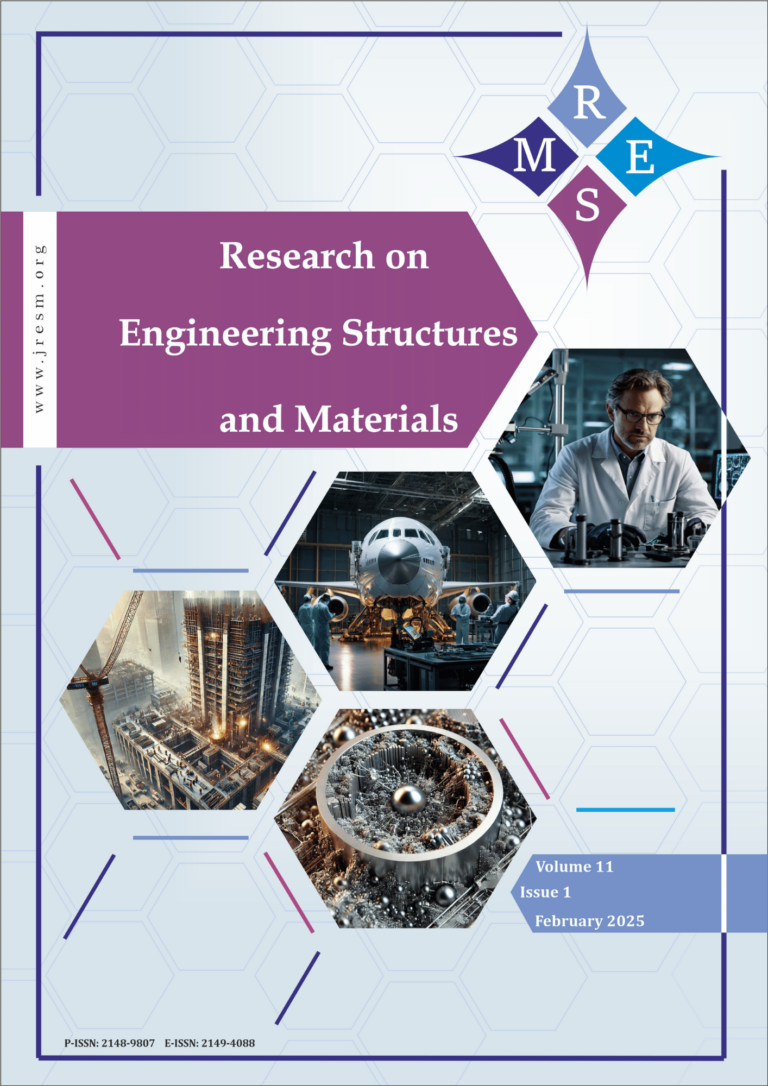This work aims to experimentally study the deep drawability of DD14 hot-rolled steel sheets and to optimize numerically the material formability. The material anisotropy was confirmed by metallographic analysis of the material and tensile tests on specimens taken in three orientations with respect to the sheet rolling direction. Where the stress-strain curves show a sensitivity of material to the Piobert-Lüders phenomenon. The die pressure and the blank holder were considered as controlling factors on plastic instability and the success of the deep drawing operation. The forming limit curves (FLC) were plotted to highlight the different deformation modes that the sheet metal underwent during the deep drawing process. The collected deep-drawn parts observation shows severe plastic instability, until fracture. The initial plastic anisotropy is determined by the Hill48 quadratic criterion and the work hardening by the Hollomon power law. It results, during the experimental tests, that the front bottom corners of the deep drawn part are the areas at high risk of damage. The various numerical simulation scenarios followed by comparisons with the experimental results, allowed us to confirm the optimum conditions that minimize the material’s plastic instability risks, forming operation “Step” and BHP “Amplitude”.
